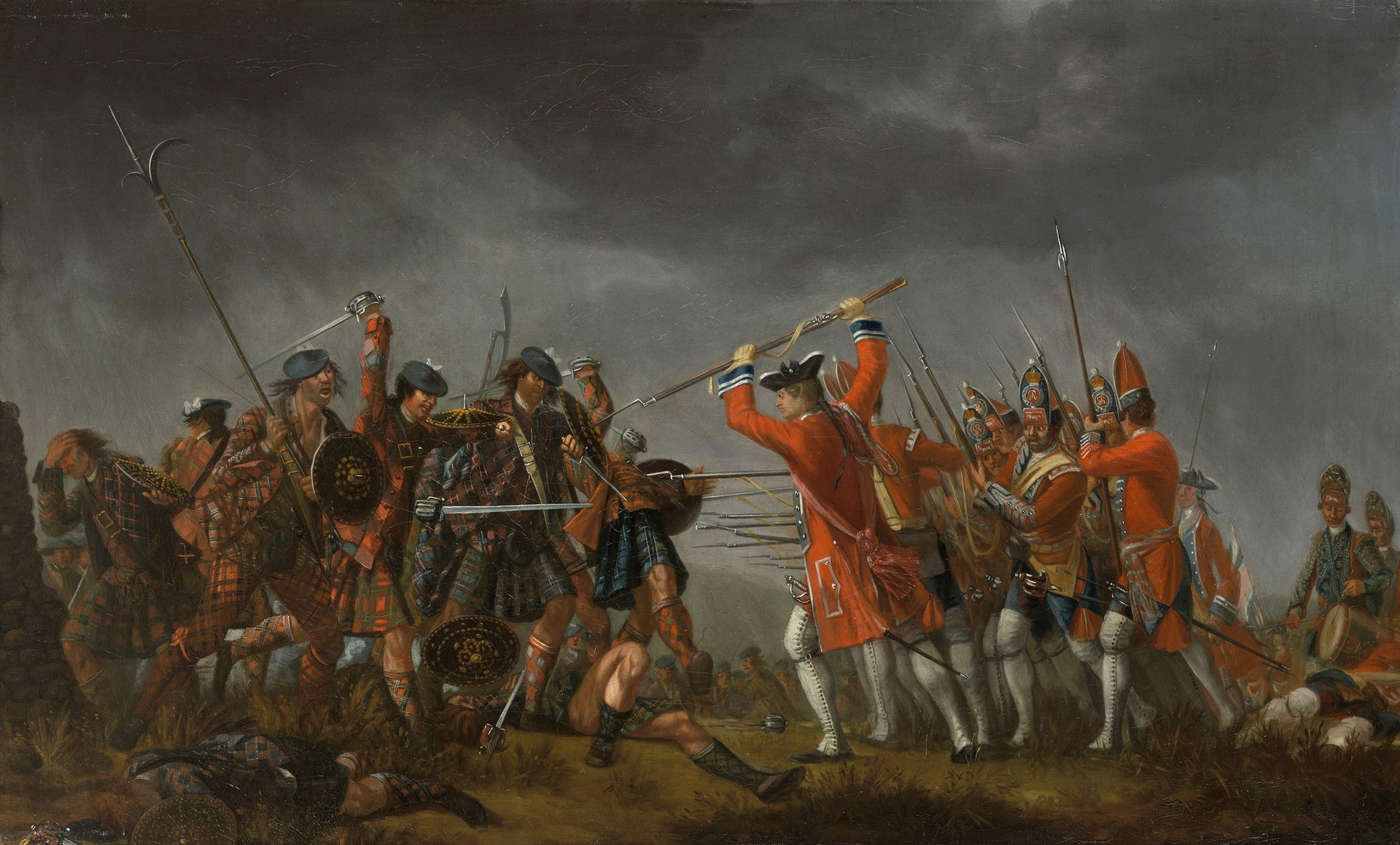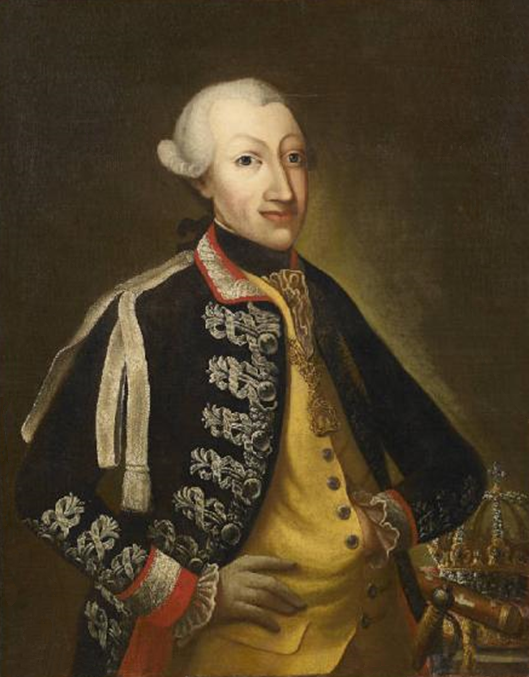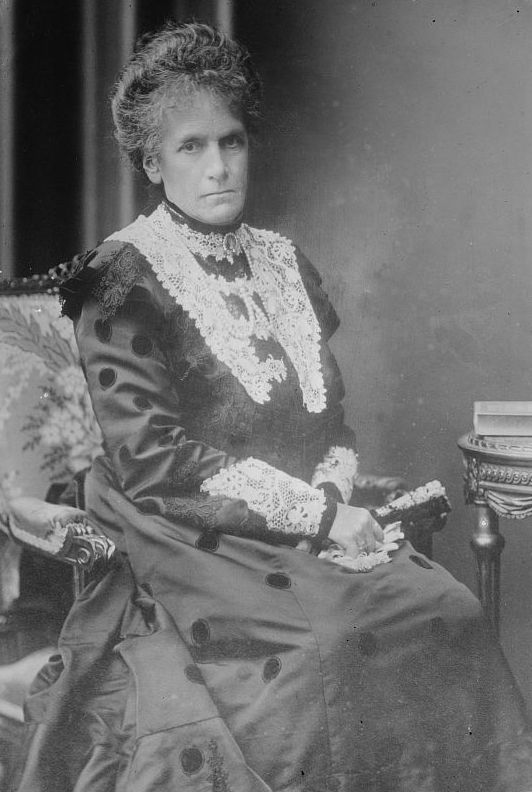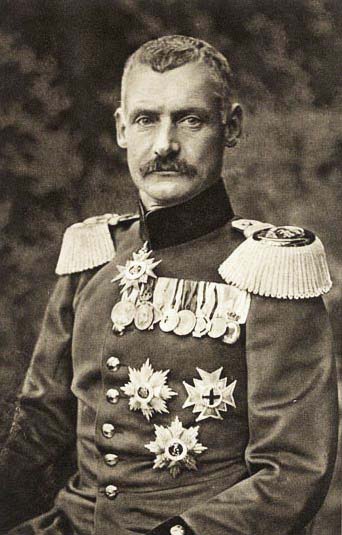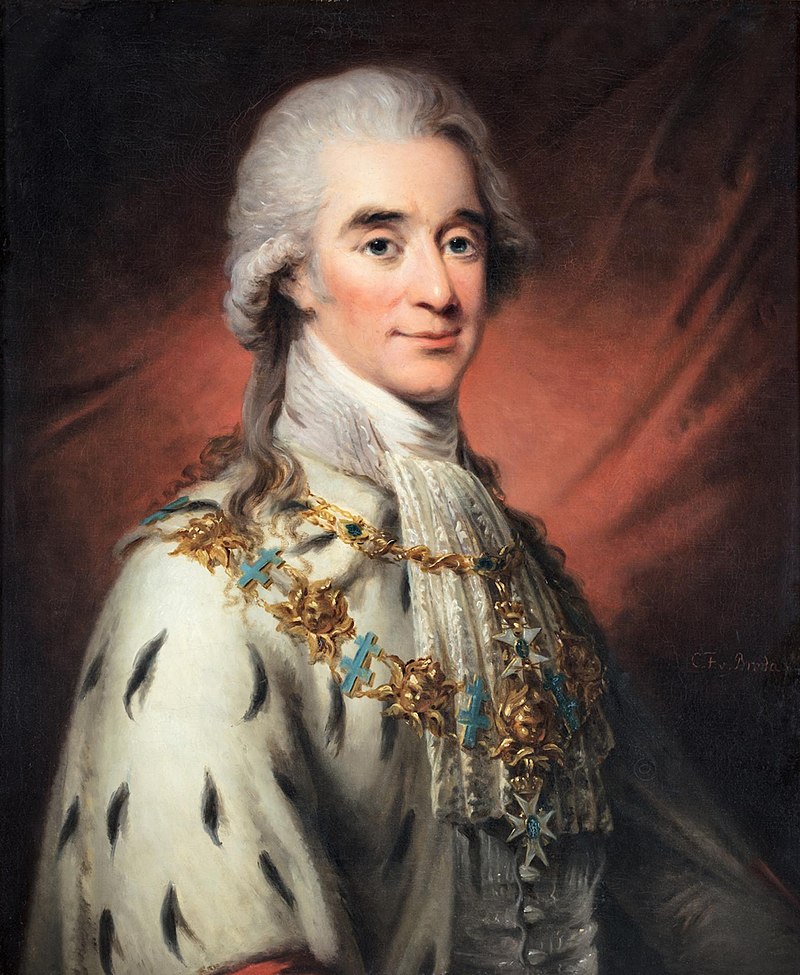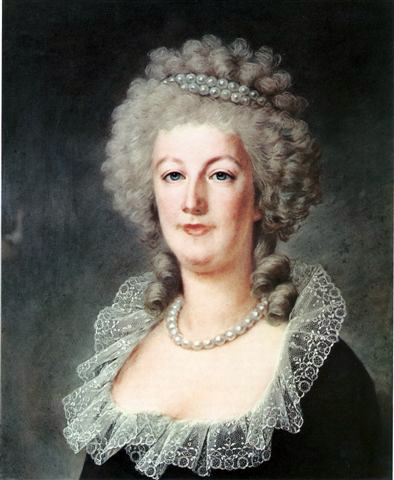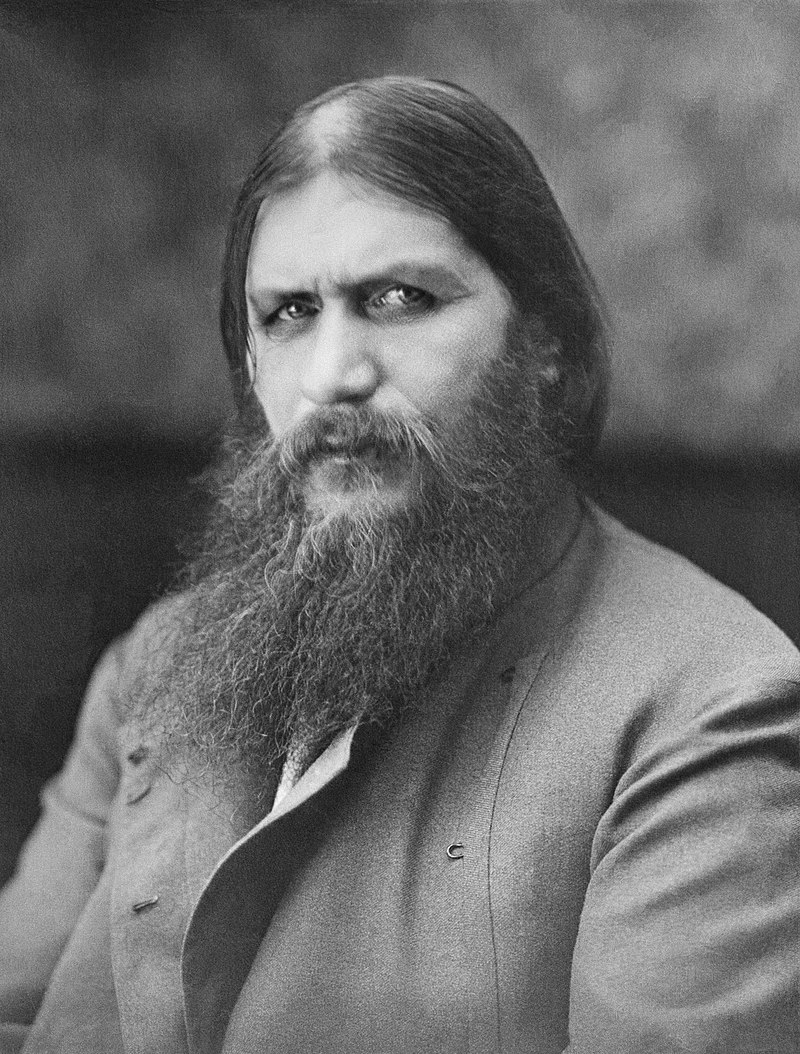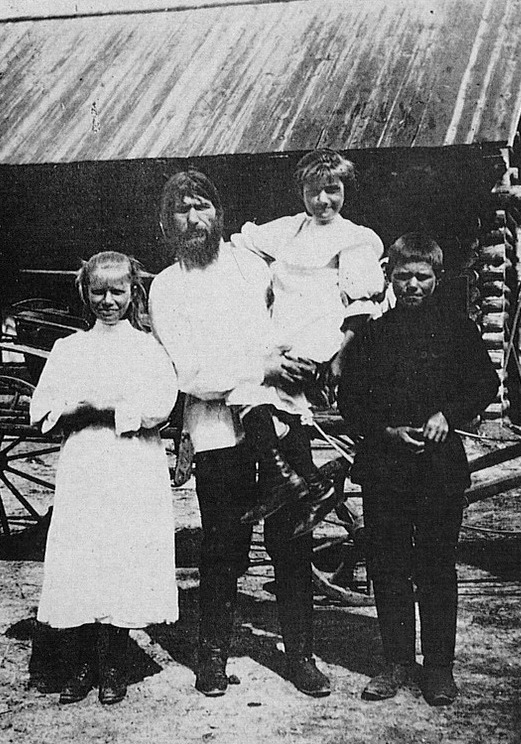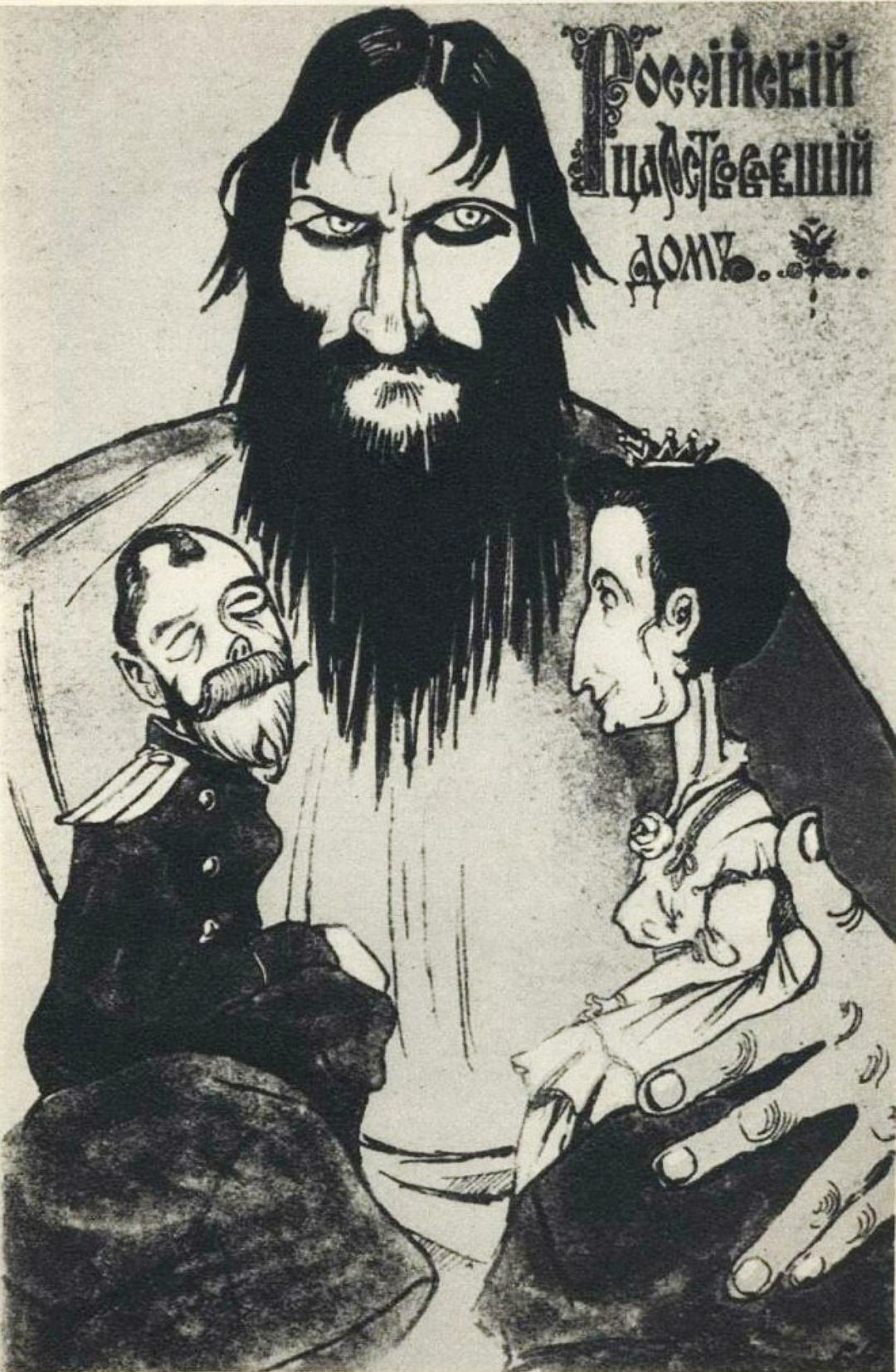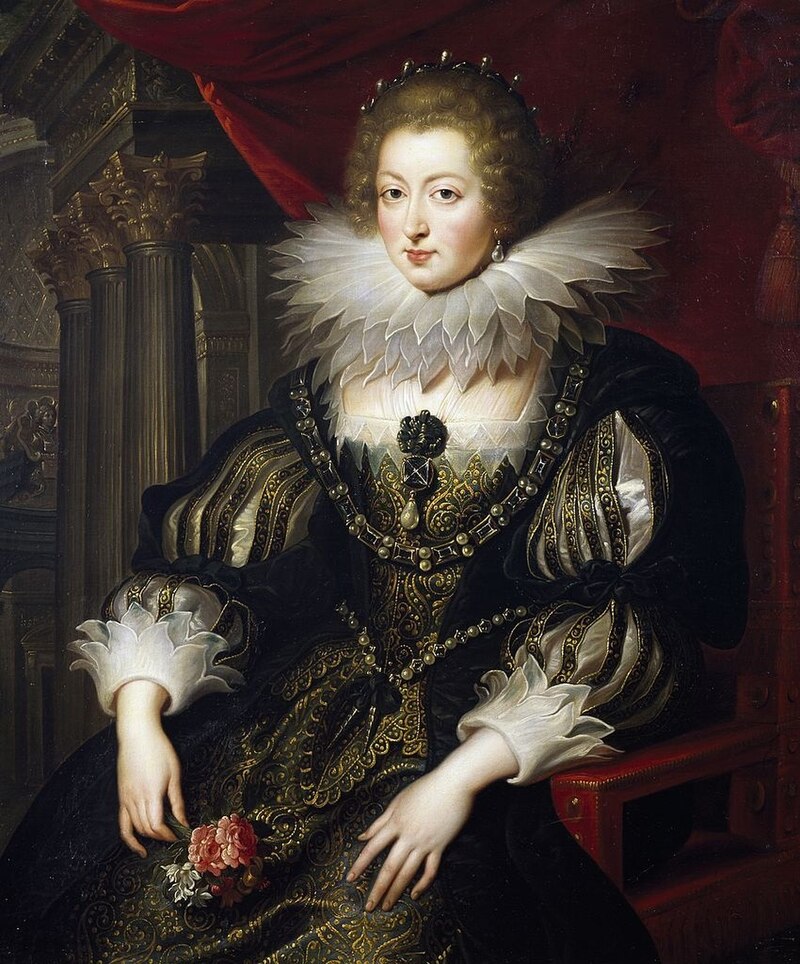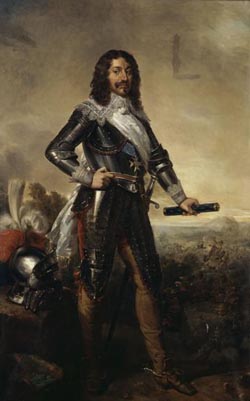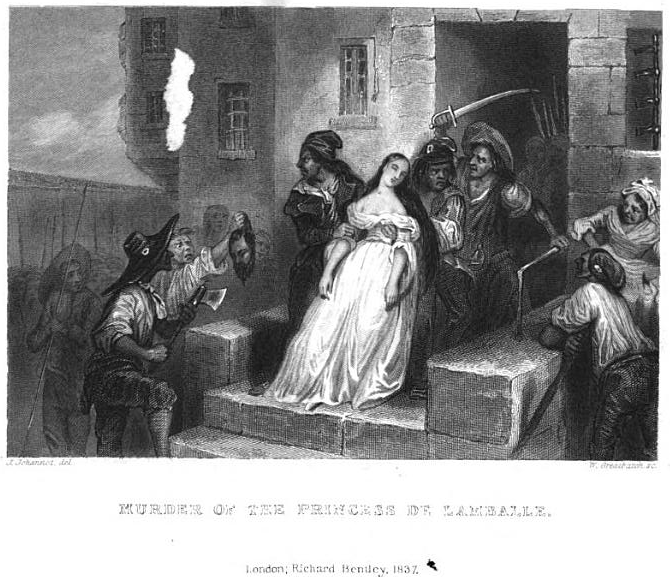by Susan Flantzer
© Unofficial Royalty 2021
A gathering of royal relations at the wedding of Crown Princess Victoria of Sweden, June 2010
Note: This article will be updated soon to reflect the accession of King Frederik X of Denmark.
While some of the current European monarchs are related to each other within a few generations, we have to go back a few hundred years to find the ancestor that all of them have in common – Johan Willem Friso of Orange-Nassau, Prince of Orange (1687-1711). He and his wife Landgravine Marie Louise of Hesse-Kassel (1688 -1765), had two children, Princess Amalia and Willem IV, Prince of Orange. It is through these two children that all of the current reigning monarchs of Europe descend.
Six of the current European monarchs, the monarchs of Belgium, Denmark, Luxembourg, Norway, Spain, and the United Kingdom are descendants of King Christian IX of Denmark and Princess Louise of Hesse-Kassel.
Five of the current European monarchs, the monarchs of Denmark, Norway, Spain, Sweden, and the United Kingdom, are descendants of Queen Victoria of the United Kingdom and Prince Albert of Saxe-Coburg and Gotha.
- Unofficial Royalty: Queen Victoria’s Children and Grandchildren
- Unofficial Royalty: Queen Victoria’s Great-Grandchildren
- Unofficial Royalty: Queen Victoria’s Great-Great-Grandchildren
The relationships below are the closest relationships but probably not the only relationships. All photos are from Wikipedia unless otherwise noted.
*********************
Philippe, King of the Belgians – reigned 2013 – present

Denmark: Queen Margrethe II and King Philippe are third cousins. They are descendants of King Oscar II of Sweden and Princess Sophia of Nassau.
Liechtenstein: Prince Hans-Adam II and King Philippe are third cousins once removed. They are descendants of King Miguel I of Portugal and Princess Adelaide of Löwenstein-Wertheim-Rosenberg.
Luxembourg: Grand Duke Henri and King Philippe are first cousins. Philippe’s father Albert II, King of the Belgians and Henri’s mother Princess Joséphine-Charlotte of Belgium were siblings, the children of Leopold III, King of the Belgians and Princess Astrid of Sweden.
Monaco: Prince Albert II and King Philippe are fifth cousins. They are descendants of Karl Ludwig, Hereditary Prince of Baden and Landgravine Amalie of Hesse-Darmstadt.
The Netherlands: King Willem-Alexander and King Philippe are fourth cousins, once removed. They are descendants of Wilhelm of Nassau-Weilburg, Duke of Nassau and Princess Pauline of Württemberg.
Norway: King Harald V and King Philippe are first cousins once removed. Philippe’s grandmother and Harald’s mother were daughters of Prince Carl of Sweden and Princess Ingeborg of Denmark.
Spain: King Felipe VI and King Philippe are fifth cousins. They are descendants of Louis Philippe I, King of the French and Princess Maria Amalia of Naples and Sicily.
Sweden: King Carl XVI Gustaf and King Philippe are third cousins. They are descendants of King Oscar II of Sweden and Princess Sophia of Nassau.
United Kingdom: King Charles III and King Philippe are third cousins once removed. They are descendants of King Christian IX of Denmark and Princess Louise of Hesse-Kassel.
Queen Margrethe II of Denmark – reigned 1972 – present
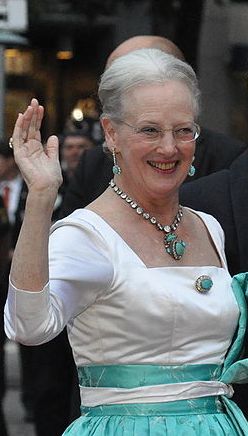
Belgium: King Philippe and Queen Margrethe II are third cousins. They are descendants of King Oscar II of Sweden and Princess Sophia of Nassau.
Liechtenstein: Prince Hans-Adam II and Queen Margrethe II are fourth cousins once removed They are descendants of King Maximilian I Joseph of Bavaria and Princess Auguste of Hesse-Darmstadt.
Luxembourg: Grand Duke Henri and Queen Margrethe II are second cousins once removed. They are descendants of King Frederik VIII of Denmark and Princess Louise of Sweden.
Monaco: Prince Albert II and Queen Margrethe II are sixth cousins. They are descendants of Karl Ludwig, Hereditary Prince of Baden and Landgravine Amalie of Hesse-Darmstadt.
Netherlands: King Willem-Alexander and Queen Margrethe II are third cousins. They are descendants of Grand Duke Friedrich Franz II of Mecklenburg-Schwerin. Margrethe II is descended from Princess Augusta of Reuss-Köstritz, Friedrich Franz II’s first wife. Willem-Alexander is descended from Princess Marie of Schwarzburg-Rudolstadt, Friedrich Franz II’s third wife.
Norway: King Harald V and Queen Margrethe II are second cousins. They are descendants of King Frederik VIII of Denmark and Princess Louise of Sweden from two lines.
Spain: King Felipe VI and Queen Margrethe II are third cousins once removed. They are descendants of Queen Victoria of the United Kingdom and Prince Albert of Saxe-Coburg and Gotha.
Sweden: King Carl XVI Gustaf and Queen Margrethe II are first cousins. Carl Gustaf’s father Gustaf Adolf and Margrethe’s mother Ingrid were siblings, the children of King Gustaf VI Adolf of Sweden and Princess Margaret of Connaught.
United Kingdom: King Charles III and Queen Margrethe II are third cousins through both King Christian IX of Denmark and Princess Louise of Hesse-Kassel.
Prince Hans-Adam II of Liechtenstein – reigned 1989 – present

Belgium: King Philippe and Prince Hans-Adam II are third cousins once removed. They are descendants of King Miguel I of Portugal and Princess Adelaide of Löwenstein-Wertheim-Rosenberg.
Denmark: Queen Margrethe II and Prince Hans-Adam II are third cousins They are descendants of King Maximilian I Joseph of Bavaria and Princess Auguste of Hesse-Darmstadt.
Luxembourg: Grand Duke Henri and Prince Hans-Adam II are third cousins. They are descendants of King Miguel I of Portugal and Princess Adelaide of Löwenstein-Wertheim-Rosenberg.
Monaco: Prince Albert II and Prince Hans Adam II are fifth cousins once removed. They are descendants of Karl Ludwig, Hereditary Prince of Baden and Landgravine Amalie of Hesse-Darmstadt.
Netherlands: King Willem-Alexander and Prince Hans-Adam II are fifth cousins once removed. They are descendants of Prince Karl Ludwig of Hohenlohe-Langenburg and Countess Amalie Henriette of Solms-Baruth.
Norway: King Harald V and Prince Hans-Adam II are fourth cousins once removed. They are descendants of King Maximilian I Joseph of Bavaria and Princess Auguste of Hesse-Darmstadt.
Spain: King Felipe VI and Prince Hans-Adam II are fifth cousins once removed. They are descendants of King Carlos IV of Spain and Princess Maria Luisa of Parma.
Sweden: King Carl XVI Gustaf and Prince Hans Adam II are fifth cousins. They are descendants of Prince Karl Ludwig of Hohenlohe-Langenburg and Landgravine Amalie of Hesse-Darmstadt.
United Kingdom: King Charles III and Prince Hans Adam II are fifth cousins. They are descendants of Karl Ludwig, Hereditary Prince of Baden and Landgravine Amalie of Hesse-Darmstadt.
Grand Duke Henri of Luxembourg – reigned 2000 – present

Belgium: King Philippe and Grand Duke Henri are first cousins. Henri’s mother Princess Joséphine-Charlotte of Belgium, and Philippe’s father Albert II, King of the Belgians were siblings, the children of Leopold III, King of the Belgians and Princess Astrid of Sweden.
Denmark: Queen Margrethe II and Grand Duke Henri are second cousins once removed. They are descendants of King Frederik VIII of Denmark and Princess Louise of Sweden.
Liechtenstein: Prince Hans-Adam II and Grand Duke Henri are third cousins. They are descendants of King Miguel I of Portugal and Princess Adelaide of Löwenstein-Wertheim-Rosenberg.
Monaco: Prince Albert II and Grand Duke Henri are fifth cousins. They are descendants of Karl Ludwig, Hereditary Prince of Baden and Landgravine Amalie of Hesse-Darmstadt.
Netherlands: King Willem-Alexander and Grand Duke Henri are fourth cousins once removed. They are descendants of Wilhelm of Nassau-Weilburg, Duke of Nassau and Princess Pauline of Württemberg.
Norway: King Harald V and Grand Duke Henri are first cousins once removed. They are descendants of Prince Carl of Sweden and Princess Ingeborg of Denmark.
Spain: King Felipe VI and Grand Duke Henri are fifth cousins. They are descendants of Louis Philippe I, King of the French and Princess Maria Amalia of Naples and Sicily.
Sweden: King Carl XVI Gustaf and Grand Duke Henri are third cousins. They are descendants of King Oscar II of Sweden and Princess Sophia of Nassau.
United Kingdom: King Charles III and Grand Duke Henri are third cousins once removed. They are descendants of King Christian IX of Denmark and Princess Louise of Hesse-Kassel.
Prince Albert II of Monaco – reigned 2005 – present

Belgium: King Philippe and Prince Albert II are fifth cousins. They are descendants of Karl Ludwig, Hereditary Prince of Baden and Landgravine Amalie of Hesse-Darmstadt.
Denmark: Queen Margrethe II and Prince Albert II are sixth cousins. They are descendants of Karl Ludwig, Hereditary Prince of Baden and Landgravine Amalie of Hesse-Darmstadt.
Liechtenstein: Prince Hans Adam II and Prince Albert II are fifth cousins once removed. They are descendants of Karl Ludwig, Hereditary Prince of Baden and Landgravine Amalie of Hesse-Darmstadt.
Luxembourg: Grand Duke Henri and Prince Albert II are fifth cousins. They are descendants of Karl Ludwig, Hereditary Prince of Baden and Landgravine Amalie of Hesse-Darmstadt.
Netherlands: King Willem-Alexander and Prince Albert II are seventh cousins. They are descendants of Ludwig IX, Landgrave of Hesse-Darmstadt and Countess Palatine Caroline of Zweibrücken.
Norway: King Harald V and Prince Albert II are fifth cousins. They are descendants of Ludwig IX, Landgrave of Hesse-Darmstadt and Countess Palatine Caroline of Zweibrücken.
Spain: King Felipe VI and Prince Albert II are sixth cousins. They are descendants of Karl Ludwig, Hereditary Prince of Baden and Landgravine Amalie of Hesse-Darmstadt.
Sweden: King Carl XVI Gustaf and Prince Albert II are sixth cousins. They are descendants of Karl Ludwig, Hereditary Prince of Baden and Landgravine Amalie of Hesse-Darmstadt.
United Kingdom: King Charles III and Prince Albert II are fifth cousins. They are descendants of Karl Ludwig, Hereditary Prince of Baden and Landgravine Amalie of Hesse-Darmstadt.
King Willem-Alexander of the Netherlands – reigned 2013 – present
Belgium: King Philippe and King Willem-Alexander are fourth cousins, once removed. They are descendants of Wilhelm of Nassau-Weilburg, Duke of Nassau and Princess Pauline of Württemberg.
Denmark: Queen Margrethe II and King Willem-Alexander are third cousins. They are descendants of Grand Duke Friedrich Franz II of Mecklenburg-Schwerin. Margrethe II is descended from Princess Augusta of Reuss-Köstritz, Friedrich Franz II’s first wife. Willem-Alexander is descended from Princess Marie of Schwarzburg-Rudolstadt, Friedrich Franz II’s third wife.
Liechtenstein: Prince Hans-Adam II and King Willem-Alexander are fifth cousins once removed. They are descendants of Prince Karl Ludwig of Hohenlohe-Langenburg and Countess Amalie Henriette of Solms-Baruth.
Luxembourg: Grand Duke Henri and King Willem-Alexander are fourth cousins once removed. They are descendants of Wilhelm of Nassau-Weilburg, Duke of Nassau and Princess Pauline of Württemberg.
Monaco: Prince Albert II and King Willem-Alexander are seventh cousins. They are descendants of Ludwig IX, Landgrave of Hesse-Darmstadt and Countess Palatine Caroline of Zweibrücken.
Norway: King Harald V and King Willem-Alexander are third cousins twice removed. They are descendants of Wilhelm of Nassau-Weilburg, Duke of Nassau and Princess Pauline of Württemberg.
Spain: King Felipe VI and King Willem-Alexander are sixth cousins once removed. They are descendants of Friedrich II Eugen, Duke of Württemberg and Princess Frederica of Brandenburg-Schwedt.
Sweden: King Carl XVI Gustaf and King Willem-Alexander are third cousins, once removed. They are descendants of Georg Victor II, Prince of Waldeck and Pyrmont and Princess Helena of Nassau.
United Kingdom: King Charles III and King Willem-Alexander are fifth cousins. They are descendants of Paul I, Emperor of All Russia and Sophia Dorothea of Württemberg.
King Harald V of Norway – reigned 1991 – present

Belgium: King Philippe and King Harald V are first cousins once removed. Philippe’s grandmother and Harald’s mother were both daughters of Prince Carl of Sweden and Princess Ingeborg of Denmark.
Denmark: Queen Margrethe II and King Harald V are second cousins. They are descendants of King Frederik VIII of Denmark and Princess Louise of Sweden from two lines.
Liechtenstein: Prince Hans-Adam II and King Harald V are fourth cousins once removed. They are descendants of King Maximilian I Joseph of Bavaria and Princess Auguste of Hesse-Darmstadt.
Luxembourg: Grand Duke Henri and King Harald V are first cousins once removed. They are descendants of Prince Carl of Sweden and Princess Ingeborg of Denmark.
Monaco: Prince Albert II and King Harald V are fifth cousins. They are descendants of Ludwig IX, Landgrave of Hesse-Darmstadt and Countess Palatine Caroline of Zweibrücken.
Netherlands: King Willem-Alexander and King Harald V are third cousins twice removed. They are descendants of Wilhelm of Nassau-Weilburg, Duke of Nassau and Princess Pauline of Württemberg.
Spain: King Felipe VI and King Harald are third cousins twice removed. They are descendants of Wilhelm of Nassau-Weilburg, Duke of Nassau and Princess Pauline of Württemberg.
Sweden: King Carl XVI Gustaf and King Harald V are second cousins once removed. They are descendants of King Oscar II of Sweden and Princess Sophia of Nassau.
United Kingdom: King Charles III and King Harald V are second cousins once removed through King Edward VII of the United Kingdom and Princess Alexandra of Denmark.
King Felipe VI of Spain – reigned 2014 – present

Belgium: King Philippe and King Felipe VI are fifth cousins. They are descendants of Louis Philippe I, King of the French and Princess Maria Amalia of Naples and Sicily.
Denmark: Queen Margrethe II and King Felipe VI are third cousins once removed. They are descendants of Queen Victoria of the United Kingdom and Prince Albert of Saxe-Coburg and Gotha.
Liechtenstein: Prince Hans-Adam II and King Felipe VI are fifth cousins once removed. They are both descendants of King Carlos IV of Spain and Princess Maria Luisa of Parma.
Luxembourg: Grand Duke Henri and King Felipe VI are fifth cousins. They are descendants of Louis Philippe I, King of the French and Princess Maria Amalia of Naples and Sicily.
Monaco: Prince Albert II and King Felipe VI are sixth cousins. They are both descendants of Karl Ludwig, Hereditary Prince of Baden and Landgravine Amalie of Hesse-Darmstadt.
Netherlands: King Willem-Alexander and King Felipe VI are sixth cousins once removed. They are both descendants of Friedrich II Eugene, Duke of Württemberg and Princess Frederica of Brandenburg-Schwedt.
Norway: King Harald V and King Felipe VI are third cousins twice removed. They are descendants of Wilhelm of Nassau-Weilburg, Duke of Nassau and Princess Pauline of Württemberg.
Sweden: King Carl XVI Gustaf and King Felipe VI are third cousins once removed. They are descendants of Queen Victoria of the United Kingdom and Prince Albert of Saxe-Coburg and Gotha.
United Kingdom: King Charles III and King Felipe VI are second cousins once removed. They are descendants of King George I of Greece and Grand Duchess Olga Konstantinova of Russia.
King Carl XVI Gustaf of Sweden – reigned 1973 – present

Belgium: King Philippe and King Carl XVI Gustaf are third cousins. They are descendants of King Oscar II of Sweden and Princess Sophia of Nassau.
Denmark: Queen Margrethe II and King Carl XVI Gustaf are first cousins. Carl Gustaf’s father Gustaf Adolf and Margrethe’s mother Ingrid were siblings, the children of King Gustaf VI Adolf of Sweden and Princess Margaret of Connaught.
Liechtenstein: Prince Hans Adam II and King Carl XVI Gustaf are fifth cousins. They are descendants of Prince Karl Ludwig of Hohenlohe-Langenburg and Countess Amalie Henriette of Solms-Baruth
Luxembourg: Grand Duke Henri and King Carl XVI Gustaf and are third cousins. They are descendants of King Oscar II of Sweden and Princess Sophia of Nassau.
Monaco: Prince Albert II and King Carl XVI Gustaf are sixth cousins. They are descendants of Karl Ludwig, Hereditary Prince of Baden and Landgravine Amalie of Hesse-Darmstadt.
The Netherlands: King Willem-Alexander and King Carl XVI Gustaf are third cousins once removed. They are descendants of Prince Georg Victor II of Waldeck and Pyrmont and Princess Helena of Nassau.
Norway: King Harald V and King Carl XVI Gustaf are second cousins once removed. They are descendants of King Oscar II of Sweden and Princess Sophia of Nassau.
Spain: King Felipe VI and King Carl XVI Gustaf are third cousins once removed. They are descendants of Queen Victoria of the United Kingdom and Prince Albert of Saxe-Coburg and Gotha.
United Kingdom: King Charles III and King Carl XVI Gustaf are third cousins once removed. They are descendants of Queen Victoria of the United Kingdom and Prince Albert of Saxe-Coburg and Gotha.
King Charles III of the United Kingdom – reigned 2022 – present

Belgium: King Philippe and King Charles III are third cousins once removed. They are descendants of King Christian IX of Denmark and Princess Louise of Hesse-Kassel.
Denmark: Queen Margrethe II and King Charles III are third cousins through both King Christian IX of Denmark and Princess Louise of Hesse-Kassel.
Liechtenstein: Prince Hans Adam II and King Charles III are fifth cousins. They are descendants of Karl Ludwig, Hereditary Prince of Baden and Landgravine Amalie of Hesse-Darmstadt.
Luxembourg: Grand Duke Henri and King Charles III are third cousins once removed. They are descendants of King Christian IX of Denmark and Princess Louise of Hesse-Kassel.
Monaco: Prince Albert II and King Charles III are fifth cousins. They are descendants of Karl Ludwig, Hereditary Prince of Baden and Landgravine Amalie of Hesse-Darmstadt.
Netherlands: King Willem-Alexander and King Charles III are fifth cousins. They are descendants of Paul I, Emperor of All Russia and Sophia Dorothea of Württemberg.
Norway: King Harald V and King Charles III are second cousins once removed through both King Edward VII of the United Kingdom and Princess Alexandra of Denmark.
Spain: King Felipe VI and King Charles III are second cousins once removed. They are descendants of King George I of Greece and Grand Duchess Olga Konstantinova of Russia.
Sweden: King Carl XVI Gustaf and King Charles III are third cousins once removed. They are descendants of Queen Victoria of the United Kingdom and Prince Albert of Saxe-Coburg and Gotha.
This article is the intellectual property of Unofficial Royalty and is NOT TO BE COPIED, EDITED, OR POSTED IN ANY FORM ON ANOTHER WEBSITE under any circumstances. It is permissible to use a link that directs to Unofficial Royalty.







